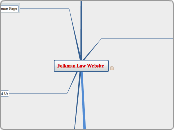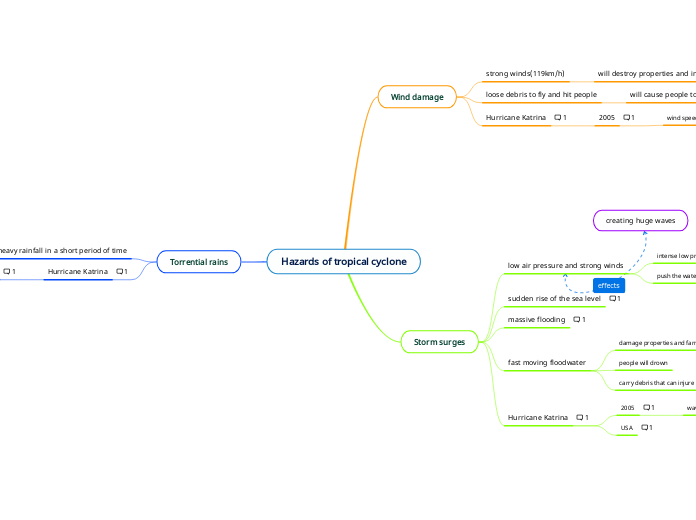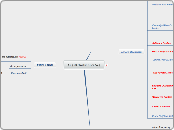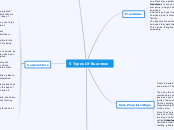par Siti Aishah Aini Il y a 6 années
884
Strict Liability
In the case of Rylands v Fletcher, a mill owner hired independent contractors to construct a reservoir. Unbeknownst to the mill owner, iron shafts connected to a nearby mine ran beneath the reservoir.









